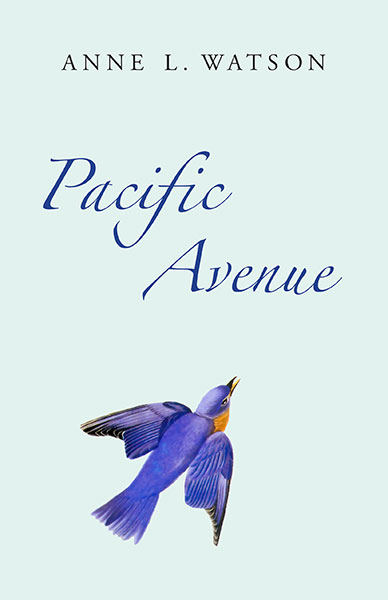I liked being alone in the building at Eighth and Pacific after the shop closed. When I lived with Richard, there were always people around us, and unless they were friends of ours, I had to worry about what they might do.
When we first moved to New Orleans, we lived in a rooming house, a sagging wood building at the far end of Bourbon Street. It was a dump, but we were lucky to have it. The first two places we’d tried, the landlords said they’d just accepted someone else. We were sure they were lying, but what could we do? I’d gone alone to apply for this room, and the manager had rented it to me. But now he’d seen Richard, and we were afraid he’d kick us out on the smallest pretext.
One night we got home so late, we started tiptoeing when we were two houses away. Shushing each other, bumping through the unlit hallway like clumsy burglars, we crept upstairs to our room. Even after the door was shut behind us, we tried to be quiet. We didn’t dare turn on the lamp—the manager might see light coming through the transom and get mad about it.
Richard was silent, invisible in the dark. I guessed where he must be and reached out for him, but my guess was wrong—my hands plunged into empty air. For a moment, I felt a familiar stab of aloneness. Then his hands grasped mine, and spread them open, and he kissed my palms, brushing them with his lips. My fingers read his face like a love letter in braille—the downturned eyelids, the short eyelashes with their tight sudden curl, the softness of his mouth. We made love stealthily, the way you do in your parents’ house. Because somehow, everyone was our parents.
Everyone and no one. I’d lost my parents because of Richard. When I told them I was moving to New Orleans with him, I knew how Mom would act. But Dad surprised me.
“You’re making a mistake, honey,” he said. “Please don’t do this. It can’t possibly work out.”
“Baton Rouge is nothing but rednecks,” I said. “Teenage kids who sound like George Wallace, almost like Adolf Hitler, if you really want to know. It’ll never change. New Orleans is different. We can live there—no one will mind.”
“Maybe someday,” he’d said, “but not now. Not even in New Orleans. No one should give a damn what color Richard is. But they will.”
“‘A person’s skin is an eighth‑inch thick, and we’re all the same underneath it,’” I reminded him. That’s what he’d always told us when we were kids, when everyone was fighting about where people could go, or sit, or which drinking fountain they were allowed to use.
“That eighth inch is going to be your whole life.” He didn’t sound as sure of himself as he had when he’d said everyone was the same.
“Someone has to change it.”
“You want to be first?”
“You mean, ‘Not my daughter.’”
“I’m not even sure the two of you can love each other in the middle of all this.”
“You know all about not being able to love.” I slammed the door as I left.
That was the end of one conversation. But it wasn’t when I lost him, and it wasn’t why.
Once I got to San Pedro, the past closed behind me like water behind a swimmer. I wasn’t sure there was a future, but if there was, it had a name: five years. Richard’s sentence.
It was my sentence, too. A different kind of “someday, but not now.” This time, I didn’t have a choice.

